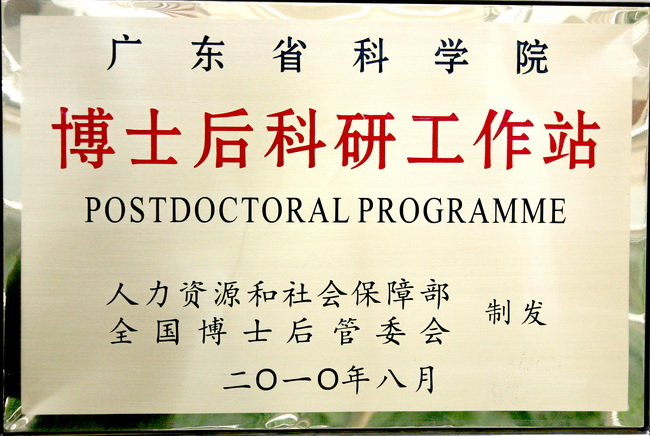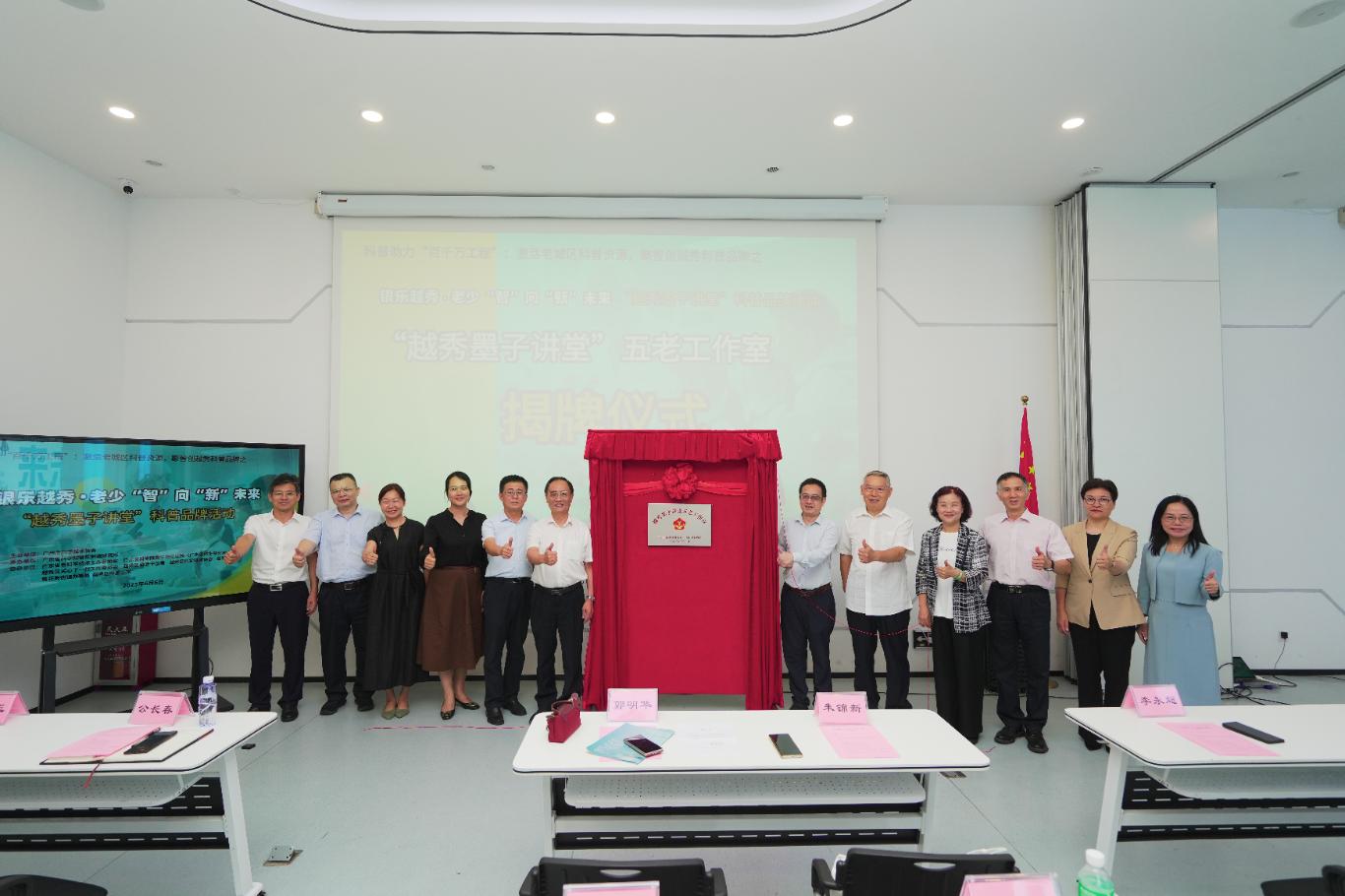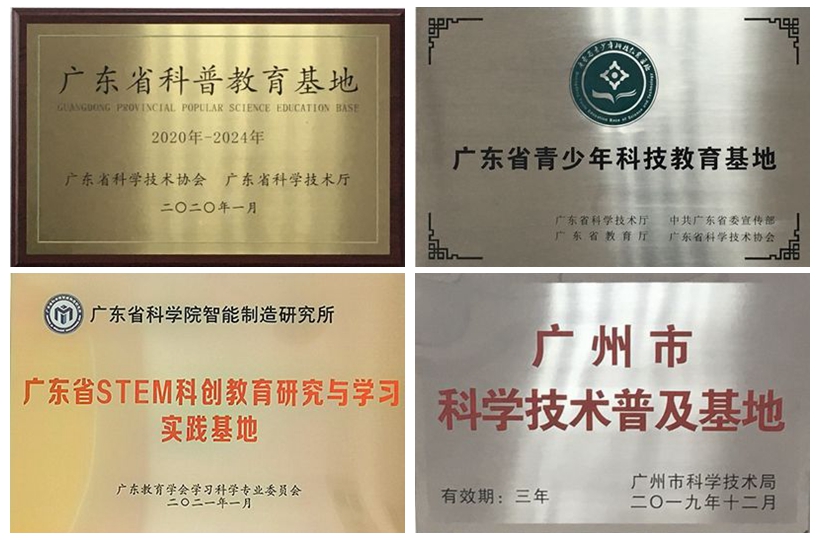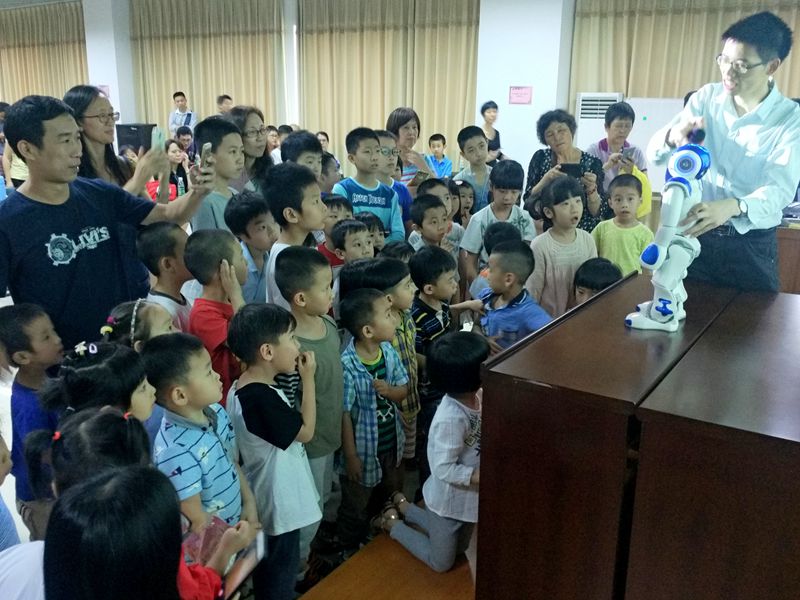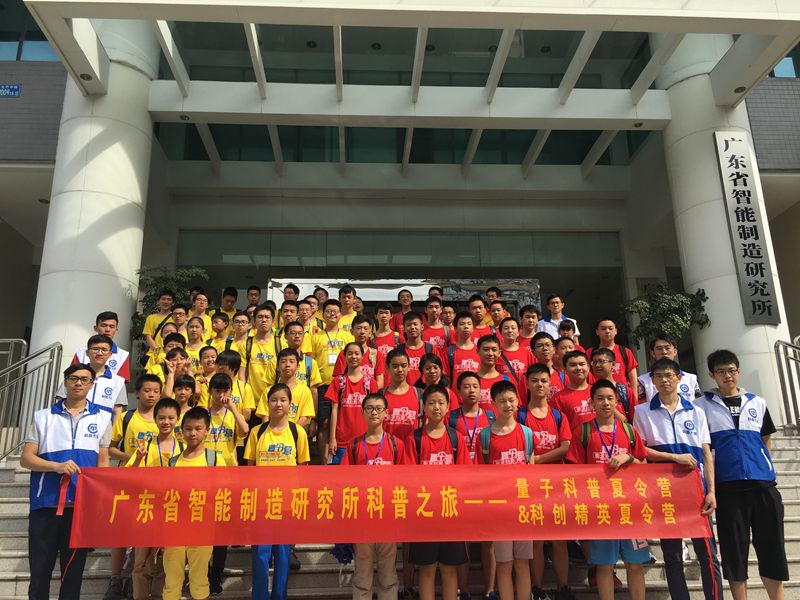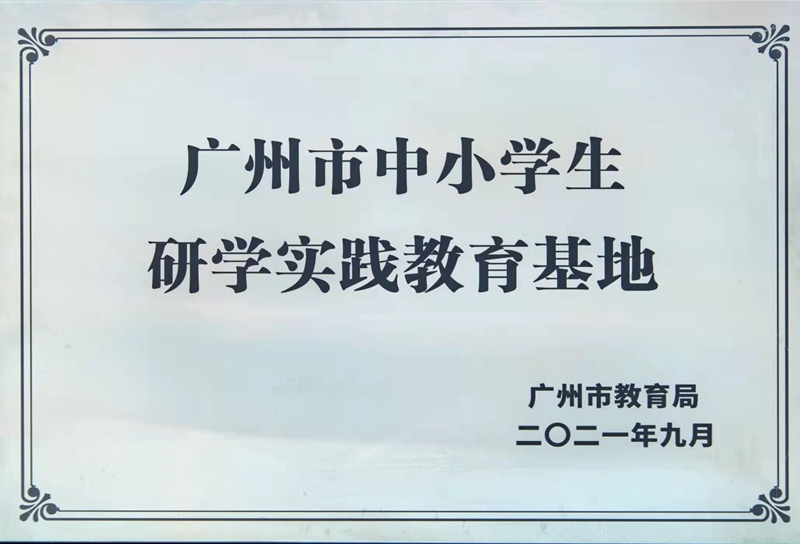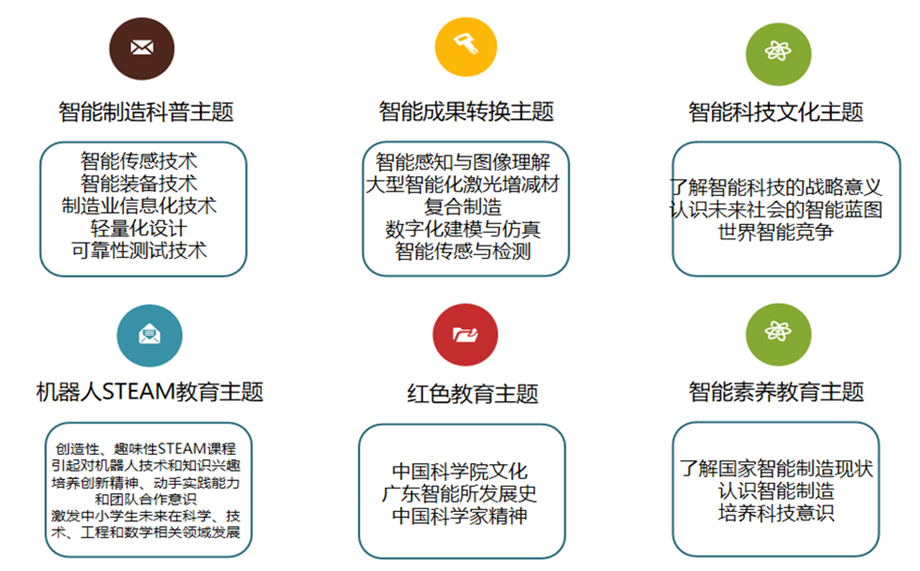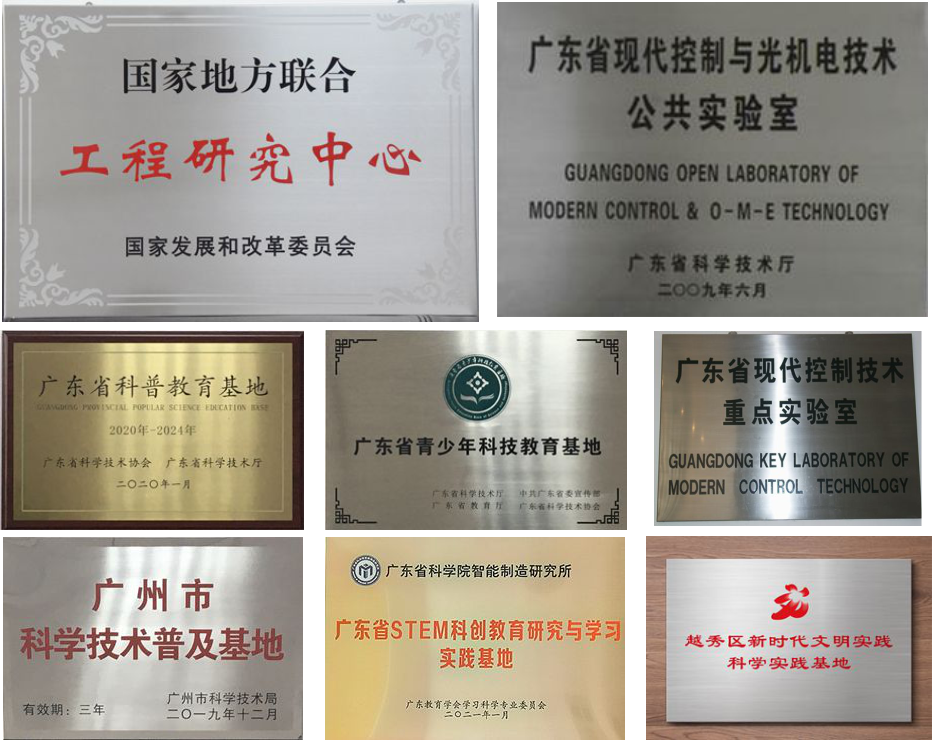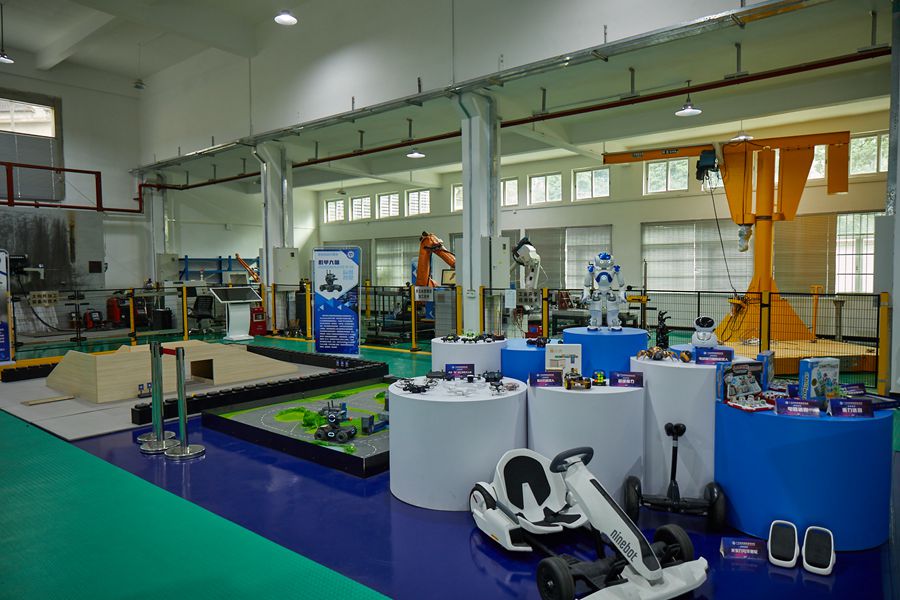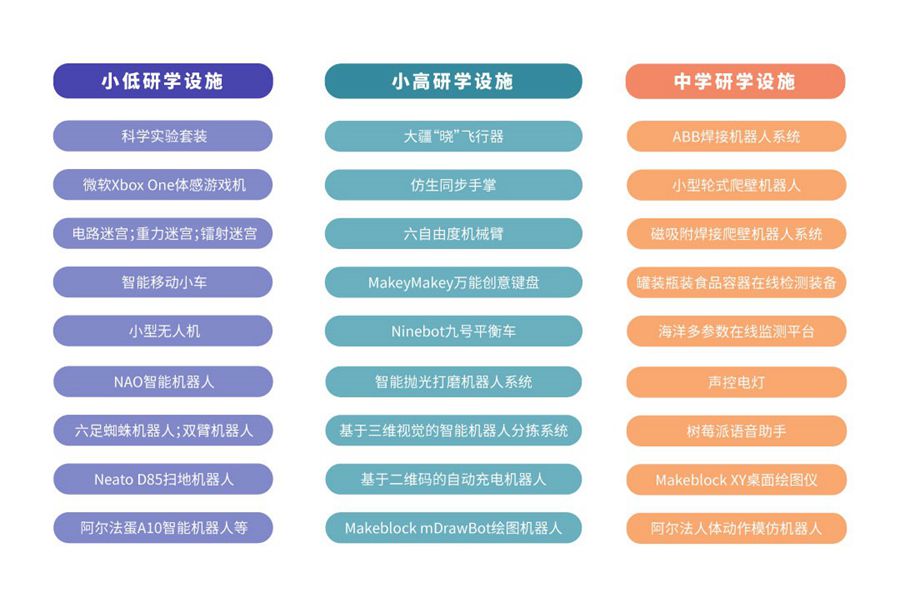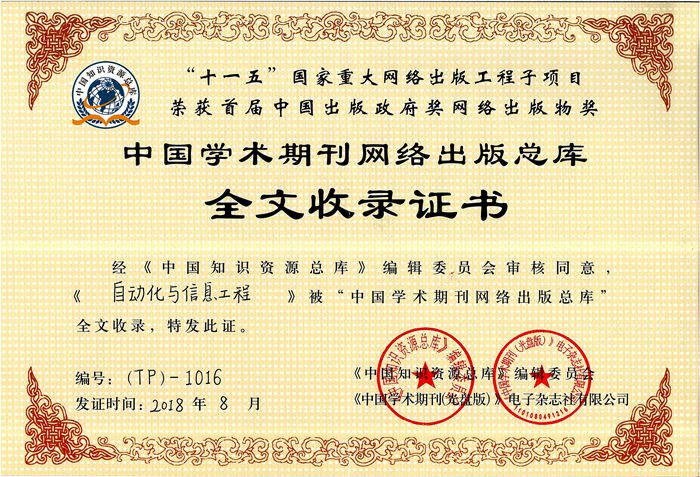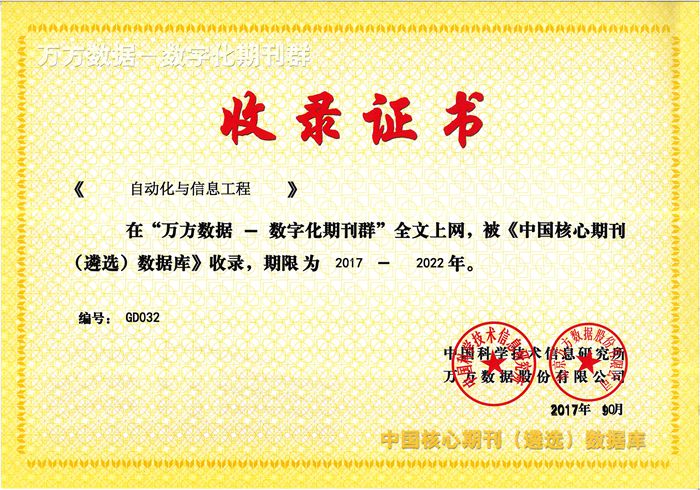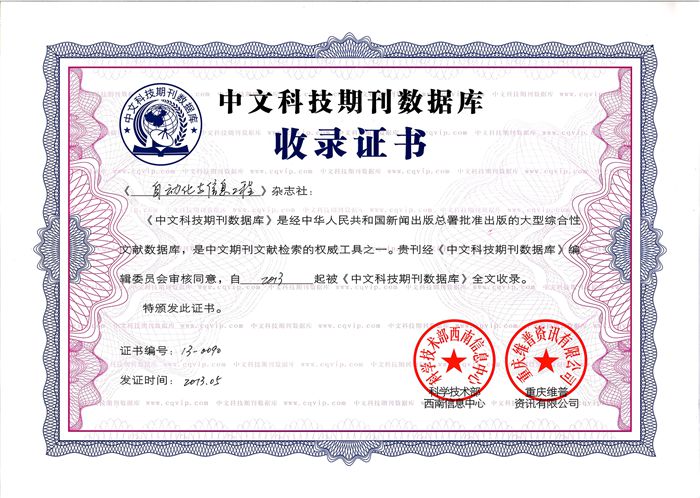2025年02期 v.46 48-53页
单苏苏 信明江
(五邑大学轨道交通学院,广东 江门 529020)
摘要:针对设备因多种故障模式失效时,不同故障模式对设备的使用寿命和退化轨迹产生不同影响的问题,提出一种基于深度时间序列聚类(DTC)的多任务分支模型,实现设备的故障模式识别和剩余使用寿命(RUL)预测。首先,利用DTC从输入数据中提取特征,并完成故障模式识别;然后,基于DTC的故障模式识别结果选择对应的分支预测器进行设备RUL预测。在涡轮发动机仿真数据集上的实验结果表明,相较于未考虑多故障模式的模型,该模型具有更高的RUL预测精度,其平均绝对百分比误差降低了5.69%。
关键词:剩余使用寿命;多故障模式;深度时间序列聚类;故障模式识别;分支预测器
中图分类号:TP277; TP183 文献标志码:A 文章编号:1674-2605(2025)02-0008-09
DOI:10.12475/aie.20250208 开放获取
Remaining Useful Life Prediction Method for Equipment
under Multiple Failure Modes
SHAN Susu XIN Mingjiang
(School of Railway Transportation, Wuyi University, Jiangmen 529020, China)
Abstract: To address the issue where different failure modes of equipment have varying impacts on its service life and degradation trajectories when the equipment fails due to multiple failure modes, this paper proposes a multi-task branch model based on deep time-series clustering (DTC) to achieve failure mode identification and remaining useful life (RUL) prediction. First, DTC is employed to extract features from the input data and perform failure mode identification. Then, based on the DTC based failure mode identification results, the corresponding branch model is selected for RUL prediction. Experimental results on a turbofan engine simu-lation dataset demonstrate that, compared to models that do not consider multiple failure modes, the proposed model achieves higher RUL prediction accuracy, with the mean absolute percentage error reduced by 5.69%.
Keywords: remaining useful life; multiple failure modes; deep time-series clustering; failure mode identification; branch predictor





























